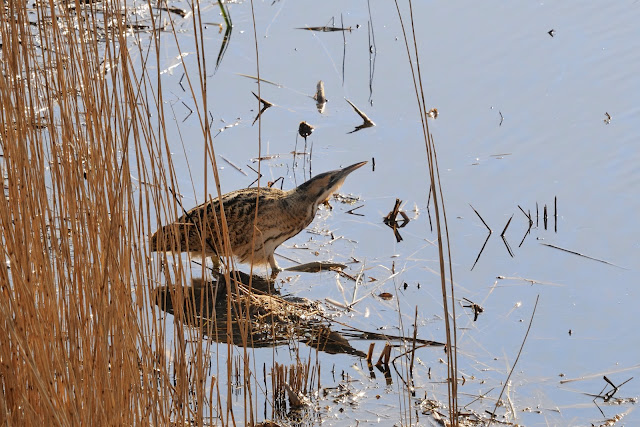Lakenheath Fen Nature Reserve

Lakenheath Fen reserve comprises a mixture of wetland and woodland south of the Little Ouse in Suffolk. The RSPB has converted an area of arable farmland into a large wetland, consisting mainly of reedbeds and grazing marshes. The new reedbeds have attracted hundreds of pairs of reed warblers and sedge warblers, as well as bearded tits and marsh harriers. Lakenheath forms part of a network of other fenland nature reserves. These include Wicken Fen, Chippenham Fen, Woodwalton Fen and the washlands of the rivers Great Ouse and Nene. Many are now undergoing similar restoration and extension projects. What we wanted to see on our visit was the Bittern - we had heard rumours of many sightings, so were very optimistic. We were not to be disappointed! The journey was about 52 miles and was rather slow at the start as we started during the early morning rush. After a very warm welcome from the staff we embarked on a slow wander around the reserve. It is several years since our last visit and t...
